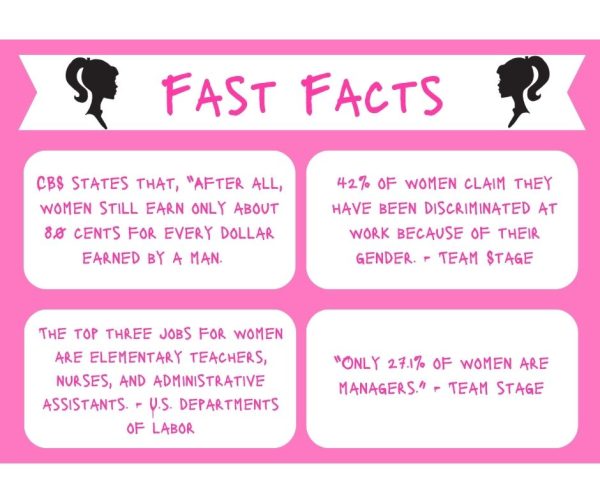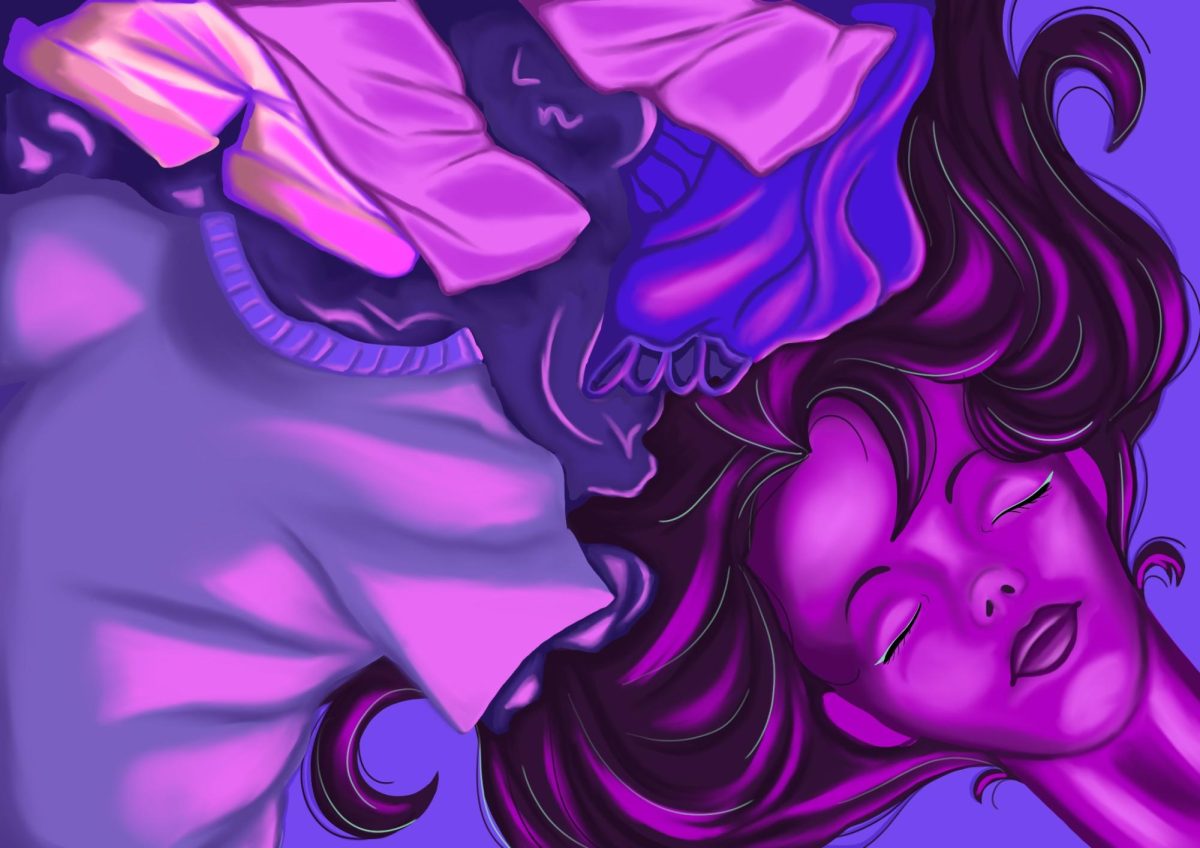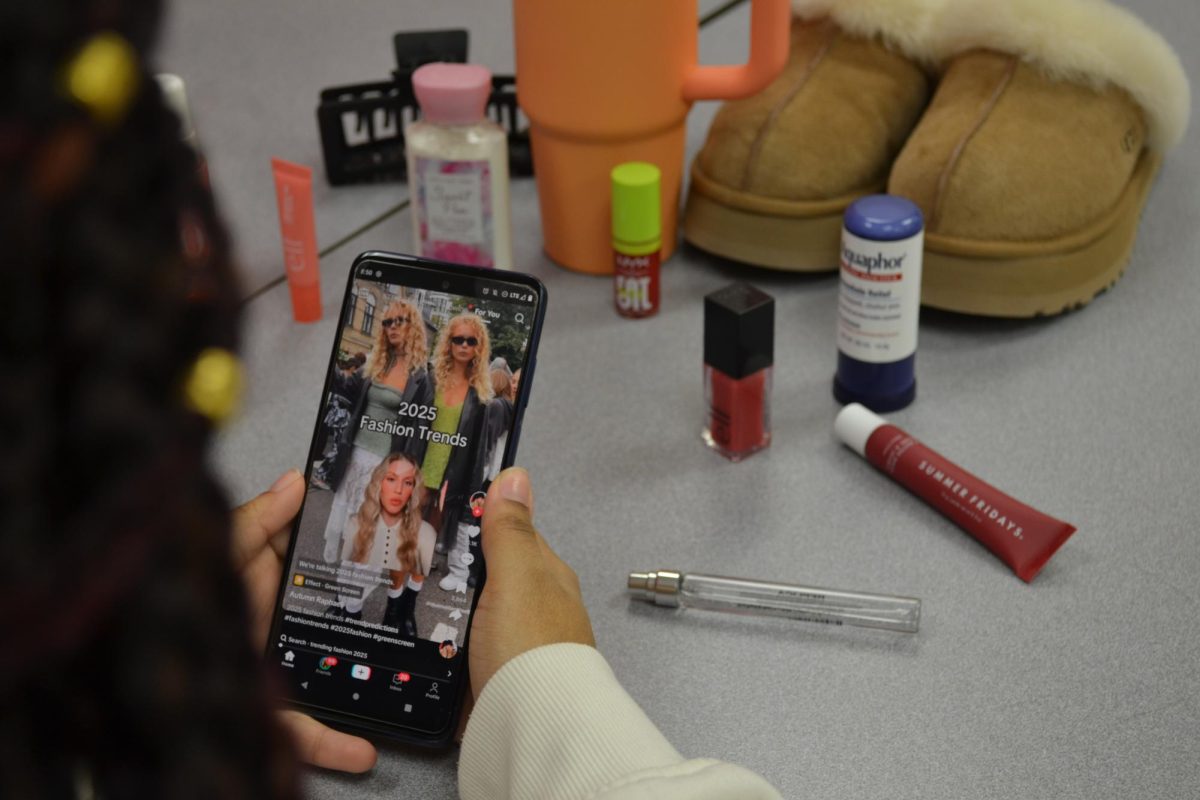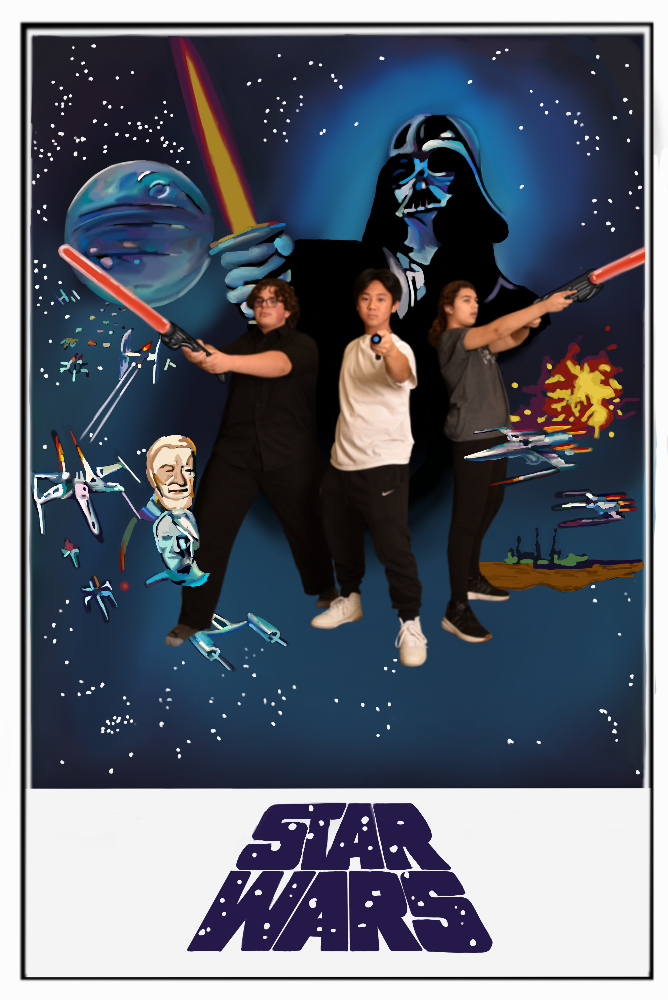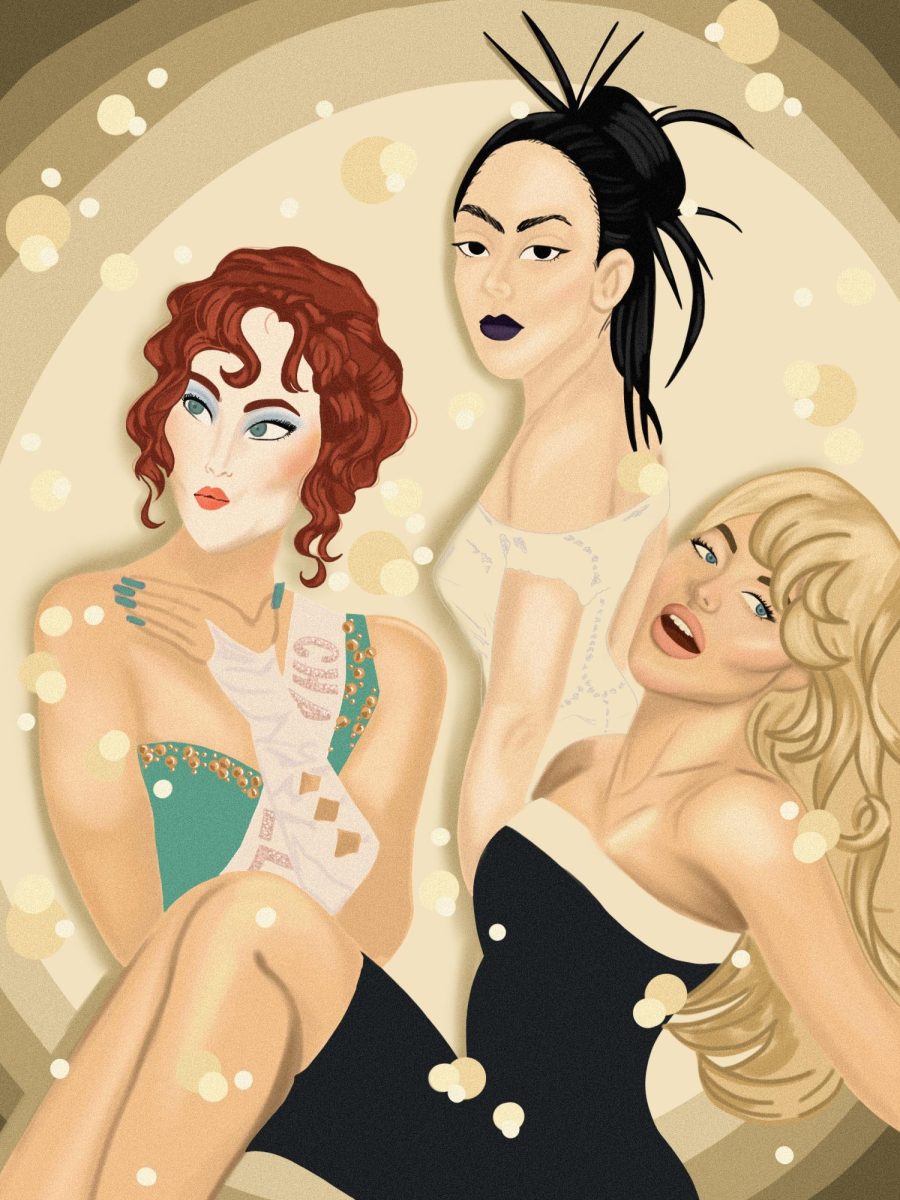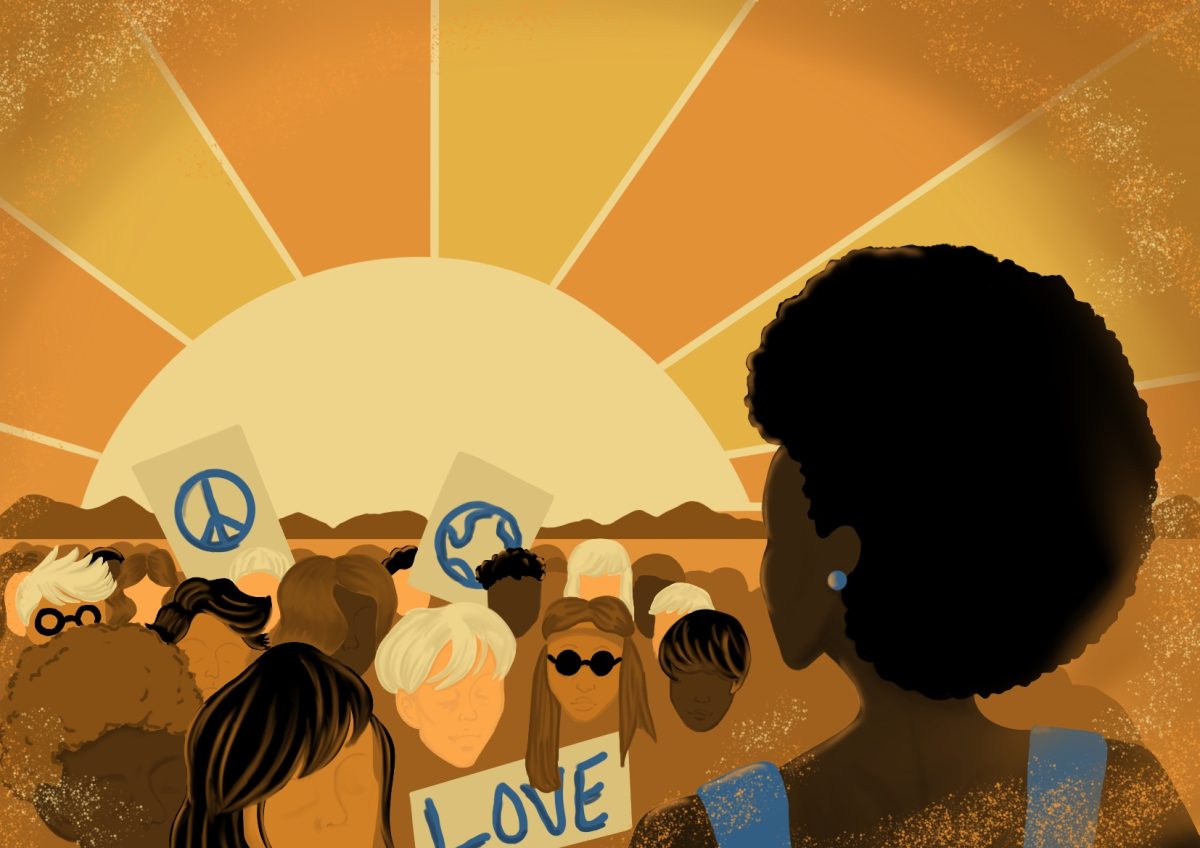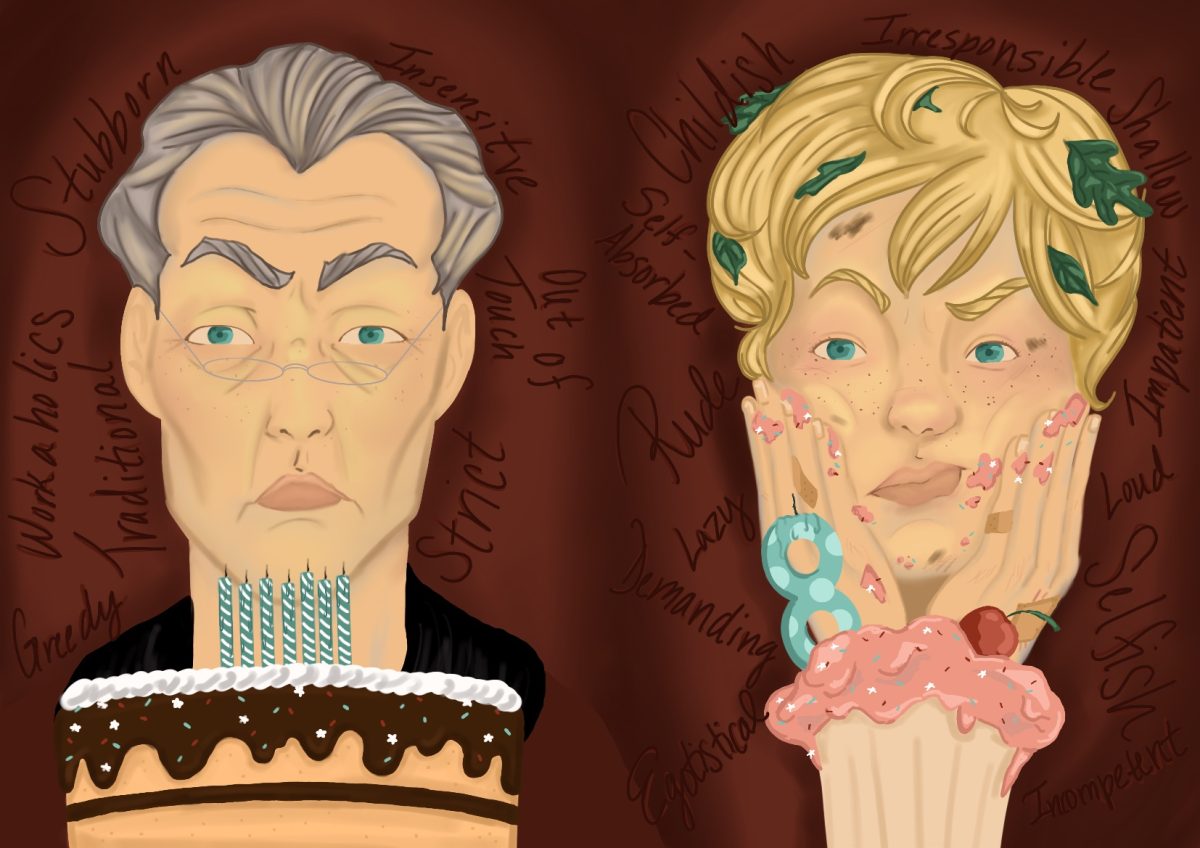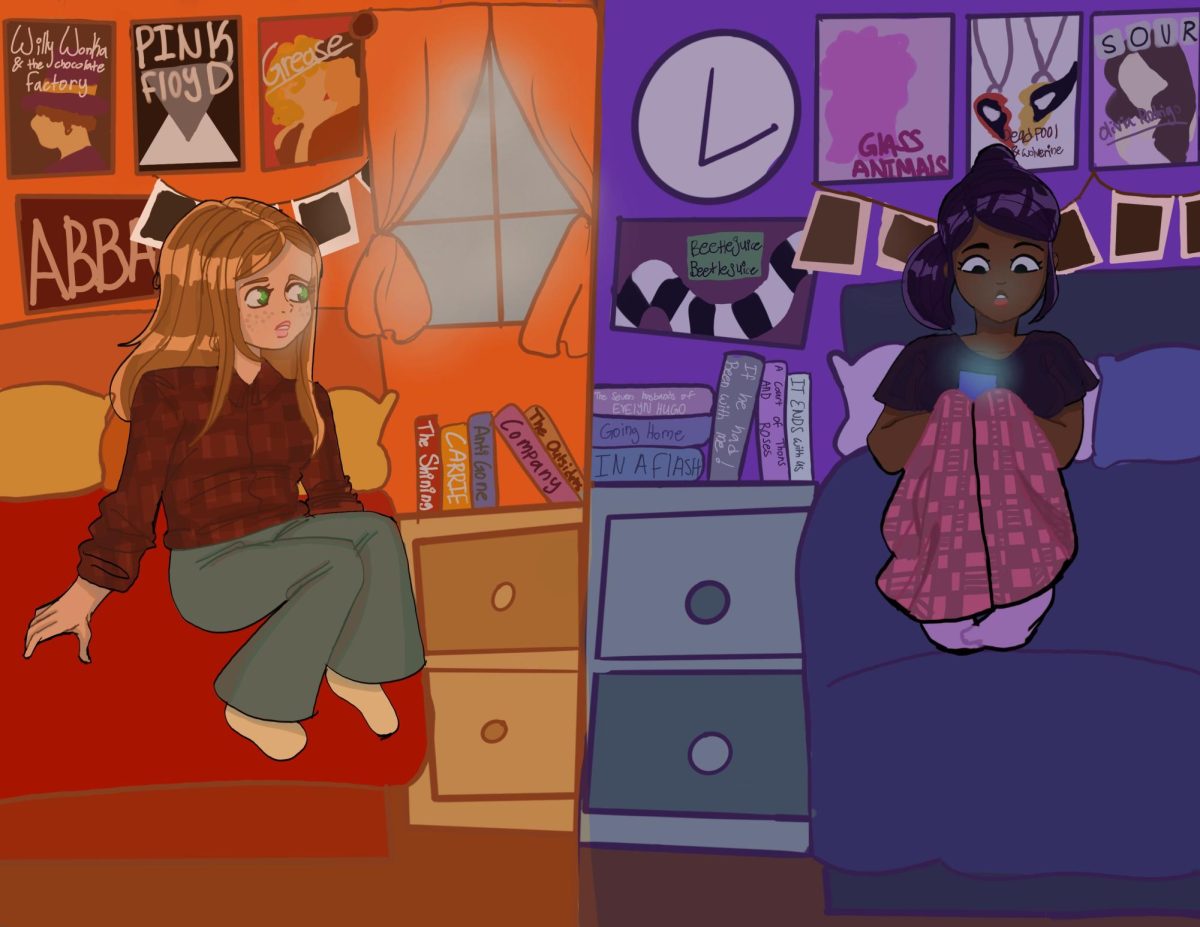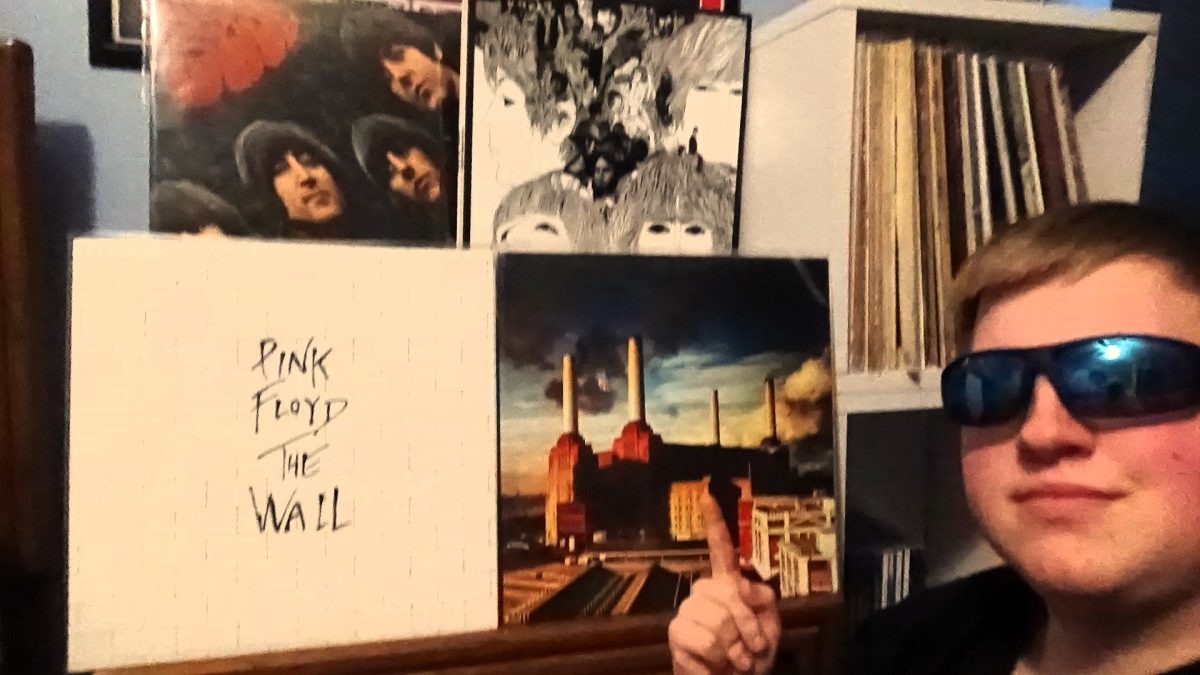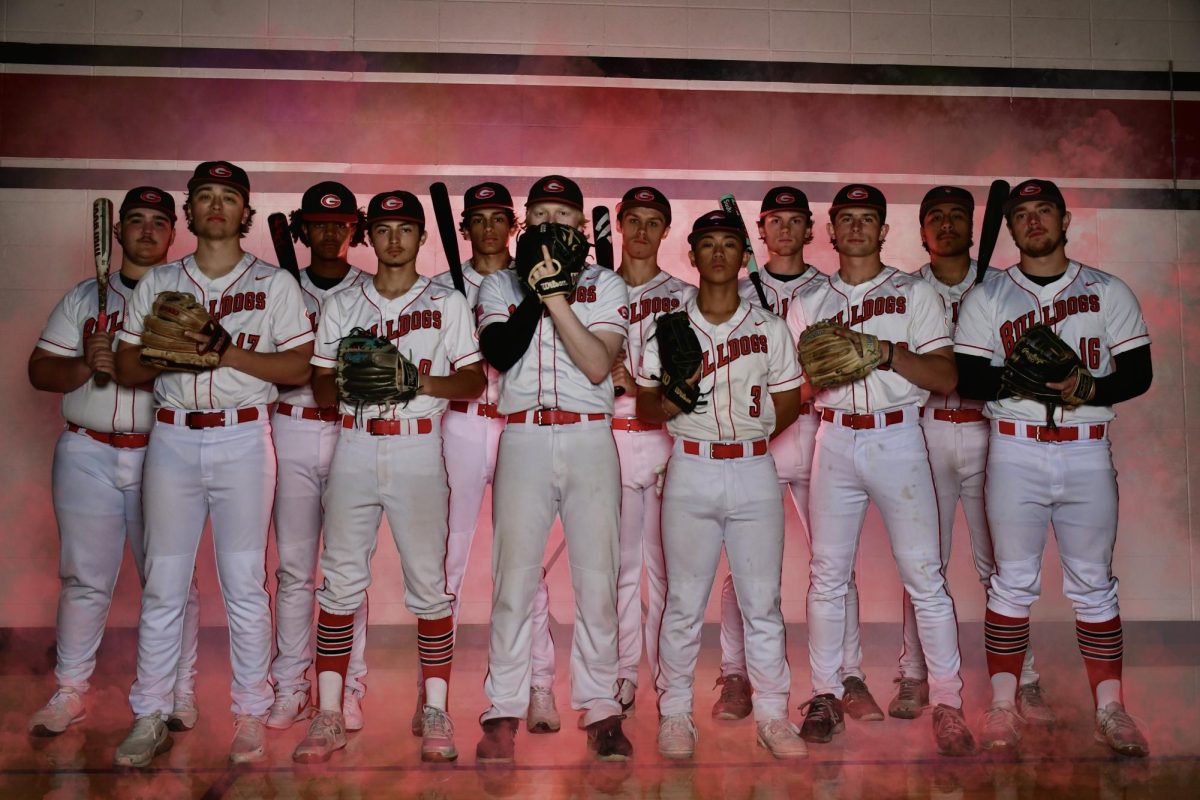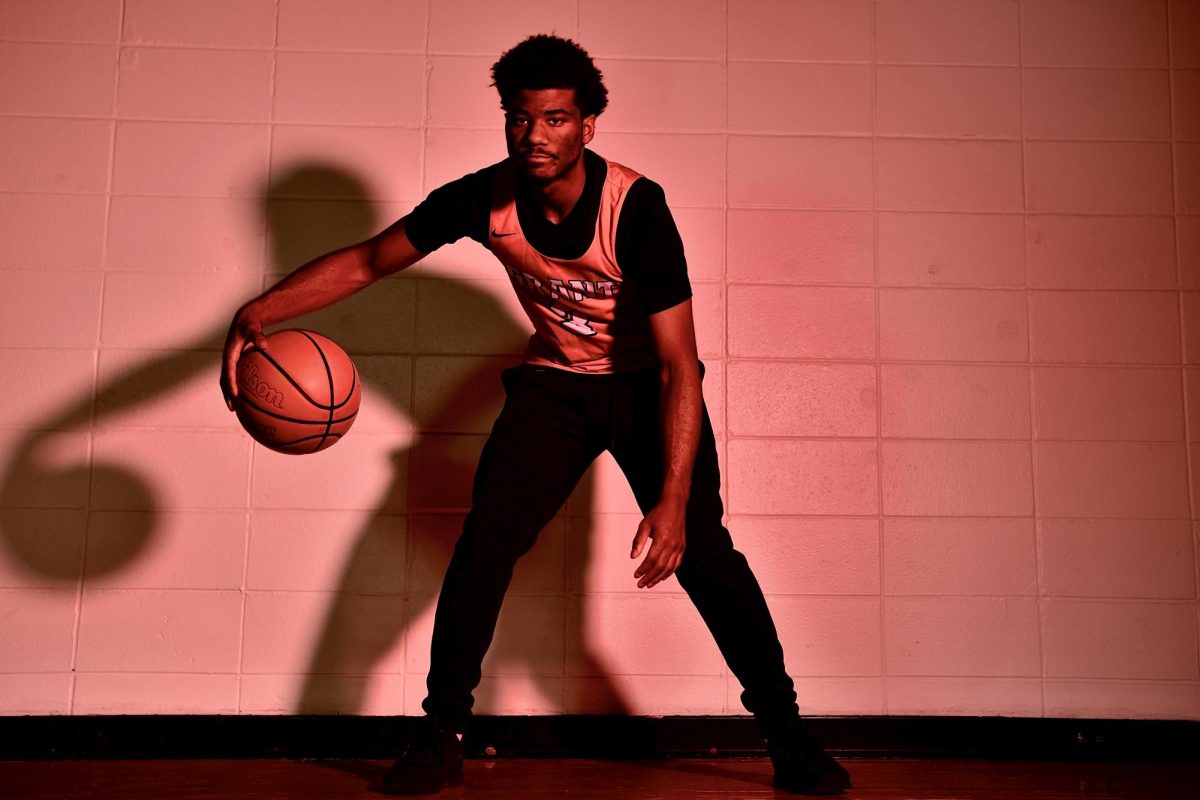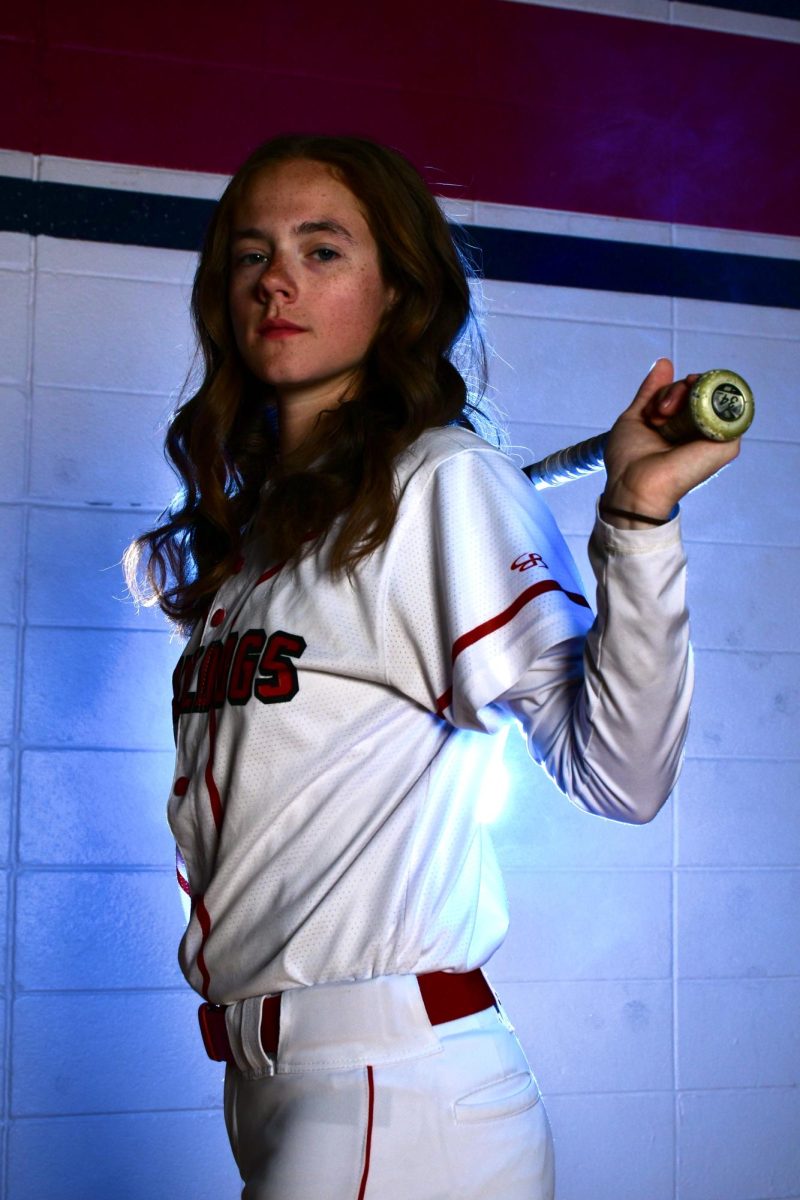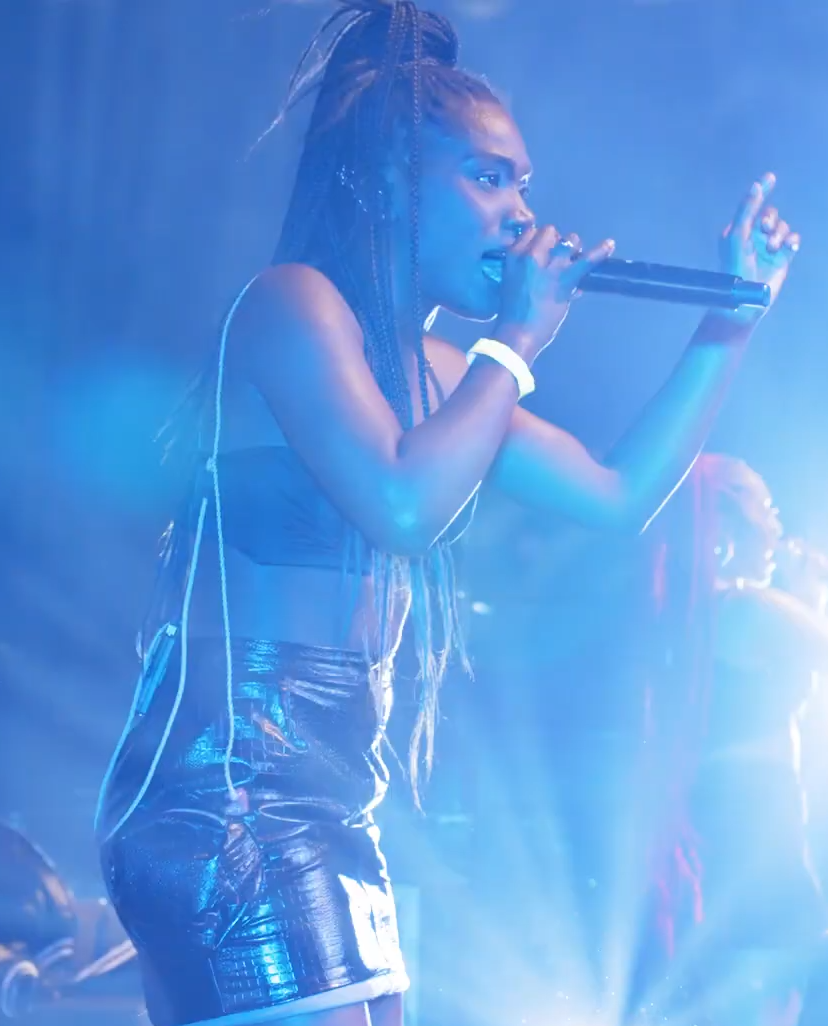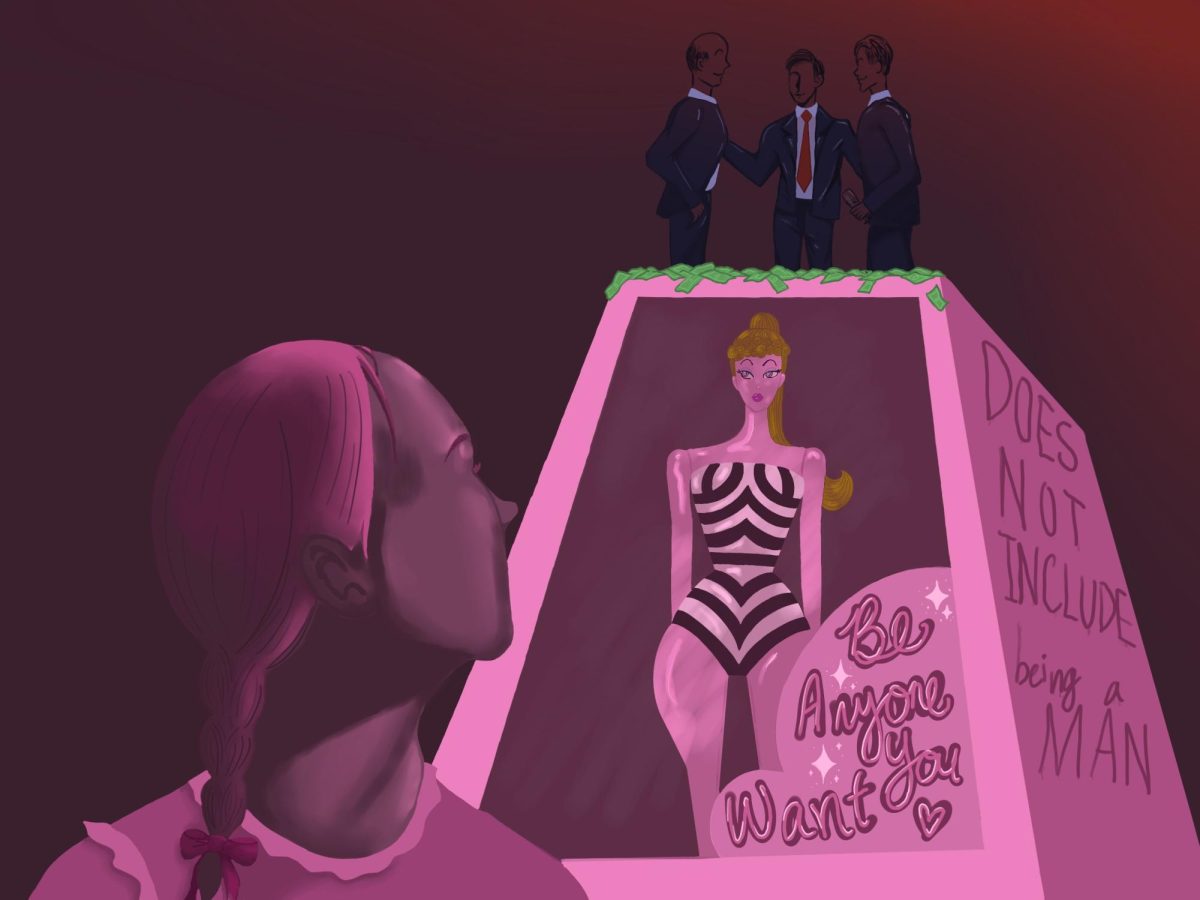Growing up playing with toys, my most prized possession was my blonde hair blue-eyed powerful Barbie Doll. When hearing that a movie about Barbie was coming out the little girl in me was so excited. When I was little, Barbie gave me and many other young girls this lens of women rule the world and can do anything they put their minds to, but after watching the movie and looking at Barbie from a more mature perspective, it proves just the opposite and it is not so easy to be a woman in the real world.
In 1959, the Barbie figurine was created to empower women with the promise that they can be anything they want. But looking deeper, Barbie isn’t a feminist figure, but a mirror image of the societal expectations set by men.
Barbie’s origin story has roots deeply seeded in the male perspective of the beauty standard being modeled off a doll that is based on a comic strip about a call girl. That’s right, the creators of Barbie: Ruth Handler and Mattel created the Barbie image inspired by the German doll Bild Lilli (a highly sexualized gift for men). Barbie’s name was even a tribute to founder Jack Ryan’s version of a perfect woman. Ann Ryan, a daughter of the vice president of research and design at Mattel shares on her podcast, Dream House – The Real Story of Jack Ryan¨“My father was always obsessed with the image of the perfect woman, and then he married one whose name happened to be Barbie.”
Ever Since Barbie was produced there have been various protests due to the anti-feminism characteristics Barbie brings to the table. For example ¨ In 1972, feminist groups gathered outside a toy fair to protest dolls that they said “perpetuated sexual stereotypes by encouraging little girls to see themselves solely as mannequins, sex objects or housekeepers.”(Boston University Radio).Due to the extremely controversial backlash Mattel’s Barbie propaganda faced from today’s modern women who struggle to see themselves in Barbie, they created the Barbie Movie to rebrand and revitalize the female connection with the iconic figure.
The movie shows Barbie leaving the real world and realizing the unrealistic reality she had and how rigid the system is in the real world. Though Barbie is finally discussing these issues, this concept has been exhaustingly covered by female-forward movies like Legally Blonde, Clueless, and Mean Girls. Eliana Dockterman of TIME magazine asserts, “The movie’s basic premise follows a similar trajectory to those cult classics. An underestimated blonde obsessed with clothes ventures into the world and learns something deeper about herself.¨So though Barbie is trying to change its marketing and expand women’s empowerment, it is a generic topic that is just discussed, but never truly changed. Although Barbie attempts to shine a light on the patriarchy, all the movie does is address it while audiences are still left with the reality of it.
Even looking past the unattainable look of Barbie and deeper into Barbie’s emotional representation of ¨Women can do everything and anything¨, seems to be a fake reality if a woman wants to be in a position of power. Pew Research shows ¨the proportion of women in senior leadership roles (Vice-President, Director, or C-suite) has dropped by 10%” leaving women to make up only 32% of leadership roles in the private sector (Forbes Magazine). Further separating the promise made to little girls and the reality of women. Although companies like Mattel push the propaganda of girls can do anything, we can truly see that Barbie doesn’t represent women in an emotional way that women can do anything, but instead remains an icon of the feminist concerns to 1972 with claims that Barbie is intended to be in a subservient role.
This is shown in the workforce by looking at the US Department of Labor the page shows the top three occupations for women in the workforce are: registered nurses, elementary and middle school teachers, secretaries, and administrative assistants. These jobs are all caretaking-like occupations that are working for men, ironically these jobs go with the stereotypical idea that men are doctors, principals, and CEOs while females are looked at to work as the caretaker end of jobs.
Furthermore, economic disparity seems to continue to thrive between males and females when looking at the pay percentage difference between genders. When students were asked about what they think the pay difference is, Emma Matoka guessed a 15% pay difference and Brayden Olson guessed a 9% pay difference, but in reality according to Forbes Advisor’s article “Gender Pay Gaps in 2022”, February 2023, Women earned an average of 17% less than men in 2022.¨
Ironically enough, although Barbie was made to empower women, the harsh reality of her origins seems to faintly echo in the disparity of our workforce today. If Mattel’s focus was to rebrand Barbie maybe our focus should be to rebrand women in the real world.
